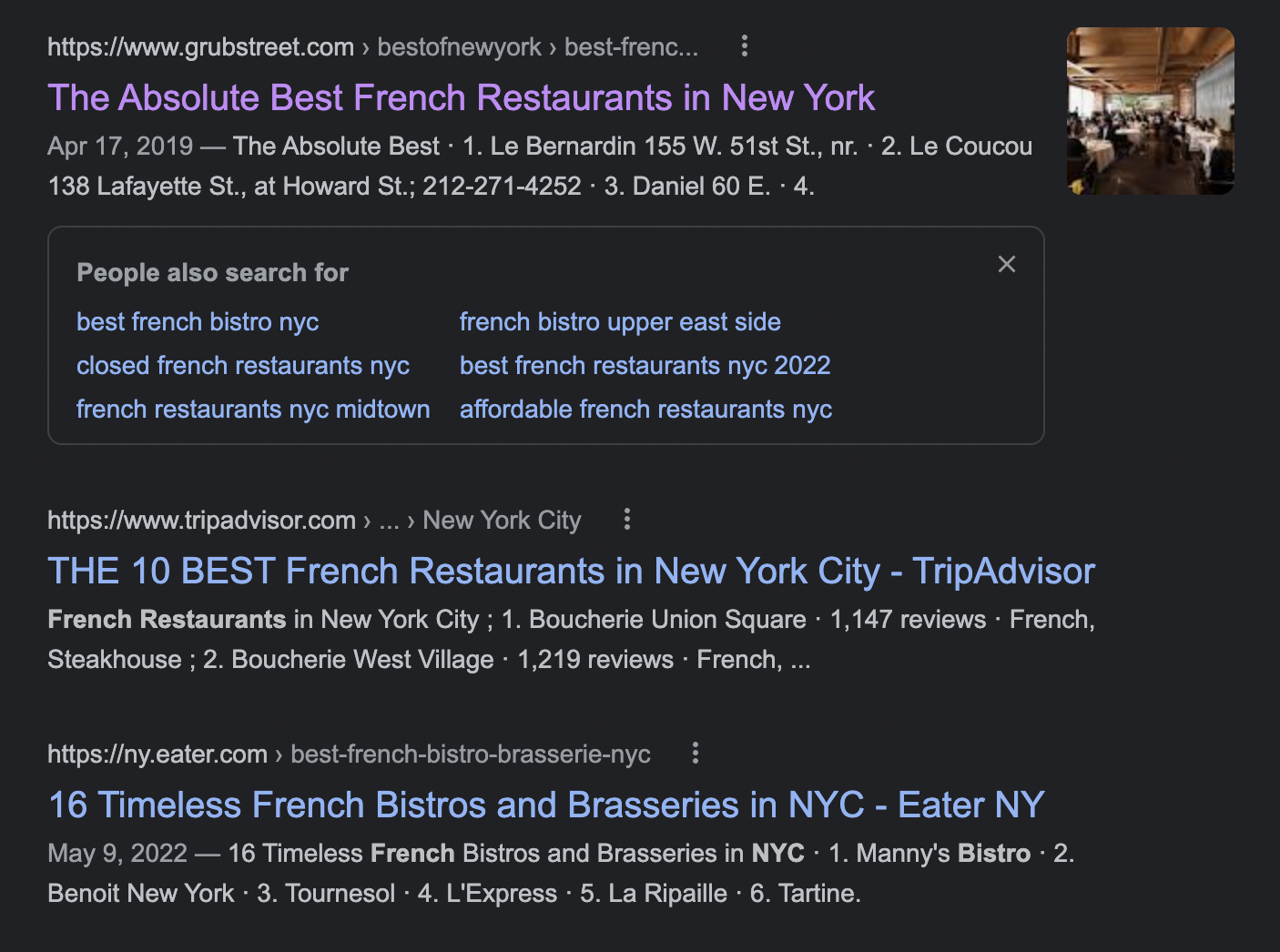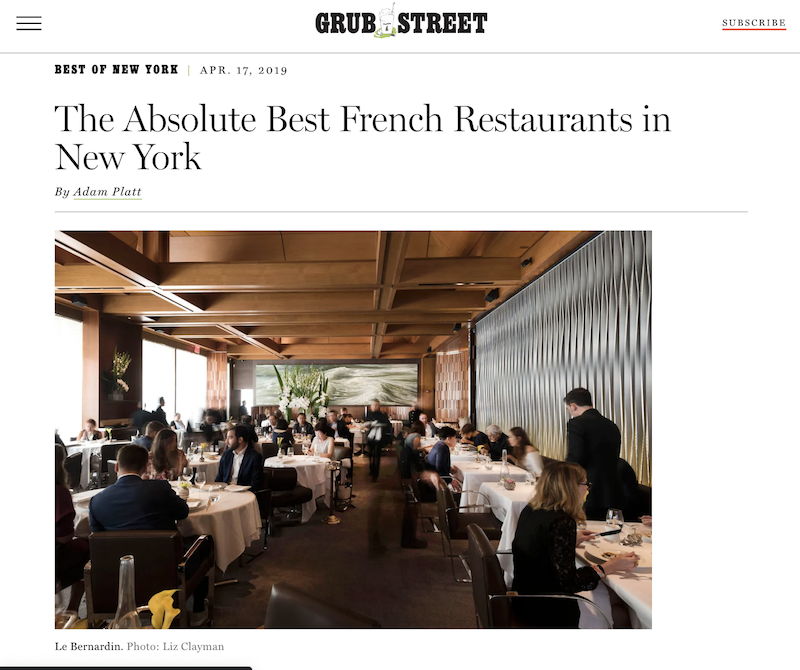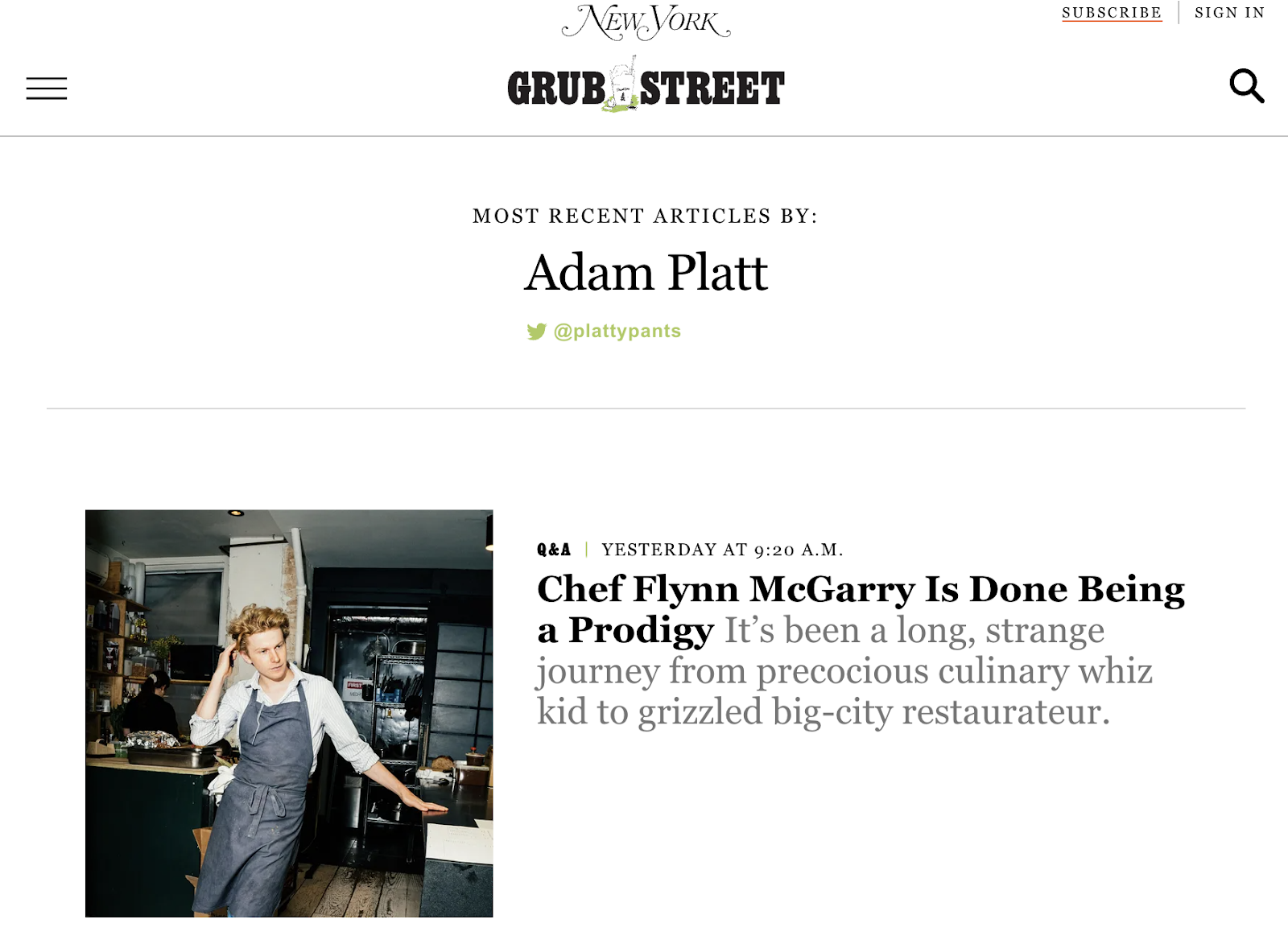- 1.What is PR for Restaurants & How Does It Work?
- 2.What Does a Restaurant PR Strategy Aim for?
- 3.Traditional vs. digital PR (offline vs. online PR)
- 4.Online PR strategies for restaurants
- 5.Offline PR
- Partner up with other businesses
- Host parties and themed events
- Be involved in social issues
- Sponsor local businesses and establishments
- 6.Wrap up
Public relations is a buzzword you keep hearing all the time. Everybody advises you to have a PR strategy for your restaurant, and you know it’s a must.
However, it seems people don’t have a unanimous understanding of what PR is and what it does for a restaurant. Is it the equivalent of networking? Or is it a passive function of your customer support team only to deal with customer complaints?
The truth is that PR for restaurants is much more comprehensive than most people think. It consists of every communication channel your customers are active in: social media, news websites, niche blogs, magazines, TV programs, events and seminars, etc.
The ultimate goal of restaurant PR is to instill a positive and trustworthy brand image from you in the minds of your audience. As a result, it will drive customers to your restaurant and increase sales.
Let’s see in more detail what PR is and how it helps your restaurant to stand out.
What is PR for Restaurants & How Does It Work?
According to the Public Relations Society of America (PRSA), public relations is a communication process aimed at building mutually beneficial relationships between an organization and its public.
PR shapes how people perceive your brand. It shows the world the characteristics of your brand and communicates your value.
That’s why a successful PR strategy is essential for any business, regardless of size. Without it, businesses often fail to create memorable experiences and build lasting relationships.
What Does a Restaurant PR Strategy Aim for?
In the broader sense, PR includes every interaction that influences your audience’s perception of your brand. The audience is, of course, more extensive than just customers.
It’s the general public, prospects, investors, stakeholders, partners, and media in general. So PR involves consideration and strategizing about any of these issues:
- Having a coherent stance on corporate and social responsibility across channels
- Monitoring the gap between your ideal brand positioning and people’s actual opinions about your brand
- Ways to enhance the ideal state of relationships and/or shape how people perceive your brand
- Nurturing a solid team culture that inherits and reproduces your brand value
- Community building and relations management
- Crisis management
So, how can you achieve all these goals?
A three-step restaurant PR plan
Here’s a three-step restaurant PR plan you can follow:
1. Create an outreach plan
For today’s consumers, corporate responsibility must be a concern of all businesses. People hold companies responsible for their reactions—or unresponsiveness towards public and internal issues. So before anything else, be transparent and accountable when publishing.
Consider quarterly objectives and planned developments when creating your content calendar. Then, focus on building a media contacts list. Find the contact information of leaders, journalists, and influencers in your niche.
Read more: Restaurant Content Marketing: How to Channel the Magic of Words
2. Experiment with different channels
Once you develop your content and contacts list, tailor your message to different channels. Say, for instance, you want to announce an event you’ll hold next month.
You can use different PR methods to get the word out:
- Press release to publish in the local newspaper
- A short invitation video from the Chef de Cuisine for social channels
- A gamification idea that’ll encourage people to attend
- Help from food influencers and speakers to promote the event on social networks
The local newspaper would want to publish newsworthy aspects of the announcement. The guest of the day, say a nationally renowned Chef, is a newsworthy detail. That’s what you’ll formally emphasize for the print media.
But the social media content must be less informal and more enjoyable. Always come up with attention-grabbing design and text for socials. Look for ways to make the event more intriguing. Offer, for instance, free drinks to the first 50 people who scan your QR code menu.
Don’t forget to measure the ROI of all channels. Invest heavily in sources that you can trace and that perform well.
3. Make use of personalization
One of the best sides of digital PR is that you can personalize. Marketing communication, CRM platforms, and customer service tools come with handy automations for just that.
Imagine you’re opening a vegan corner at your restaurant. Logically, you want to reach out to your vegan customers. Look at historical order data from your order taking app and make an educated guess about who is more into vegan food.
Segment your customers based on their interests and buying habits. Customize content to best appeal to different segments.
Traditional vs. digital PR (offline vs. online PR)
Marketers and PR specialists use blogs, magazines, social channels, TV programs, news channels, newspapers, and websites to publish content.
In the past decade, digital has gradually taken over as the primary marketing playfield. Before that, businesses held or sponsored physical events and trade shows and published on print media. Digital PR was assumed only complementary to traditional PR in the early days of digital restaurant marketing.
Today, it’s vice versa. Digital PR for restaurants has brought traceability and greater visibility into play. Print and broadcast numbers are not precisely traceable. You can only get an estimation of how many people see your content.
Invest in both traditional and digital restaurant PR, but keep PR outreach efforts mainly digital.
Online PR strategies for restaurants
Online reviews
Positive reviews on restaurant review websites and Google reviews are critical. 94% of US diners state that online reviews influence their dining decisions. And the numbers are similar across the world.
Get listed on restaurant reviews sites
Get listed on restaurant review sites like TripAdvisor, OpenTable, Yelp, etc. Add your menu and photos of dishes and the ambiance. Give information about the cuisine and the concept, and ensure it’s always up to date.
Offer the perfect experience and ask for reviews in return
It goes without saying that positive experiences encourage positive reviews. Take good care of your customers, from booking to presentation, and kindly ask them to share their experience on review sites. Use a customer review management platform to speed up the process.
Respond to negative reviews
44% of consumers say they’re more likely to visit a business if they respond to negative reviews. Don’t ignore negative reviews. People tend to believe you don’t have an answer when you ignore them.
But of course, how you respond also matters. A hostile or aggressive response clearly won’t help you. But a genuine interest in improving the customer’s experience will because it’s a valuable effort.
Social media
Social media is a great platform for PR for restaurants that allows you to have total control over your messaging. No agencies or third parties edit your content; it doesn’t have to be formal.
It will take time to build an audience, so consistency is the key. There are many ideas for your social media posts: keep your audience posted about new menu items, special events, new partnerships, happy hours, and so on.
Also, try encouraging diners to post about your restaurant. Start hashtag challenges and repost the best user-generated content. People will see that you’re engaging and be more willing to engage in return.
Read more: Why Restaurants Need Social Media to Promote Their Online Businesses
Partner up with influencers and experts
Consider teaming up with influencers and experts in your niche. People trust public personas. If you manage to offer a delightful experience, you can ask them to become affiliate partners.
Say, for instance, you’ve started taking online orders. Reach out to influencers living nearby. Offer them the chance to place an order for free and ask them if they’d consider an affiliate partnership if they’re pleased.
In case your audiences are a perfect match, definitely consider a sponsorship. Influencer marketing software is a great place to find and sponsor influencers.
Read more: Restaurant Influencer Marketing Guide: How to Do It and Why
Third-party news/niche sites
News sites and niche blogs are significant for building trust. They have a specific advantage over paid media because people trust information from trustworthy sources. Unlike ads, which can suggest almost anything you can imagine.
Online publishing platforms can help you distribute your content. Still, you must take a more proactive approach if you want serious results.
Where to publish & how to reach out
Journalists have ‘’beats,’’ or particular areas of focus. They have extensive experience and large networks in their specialty. So first, find out what beat your story belongs to. These criteria will be helpful:
- Target market: Who is your ideal customer? For instance, luxury travel and style magazines share your audience if you own a fine dining restaurant.
- Your niche: What cultural and social values best represent your restaurant? Take an eco-friendly restaurant as an example. They can publish in environmental publications alongside other relevant niches.
- Technology: If you’re using great technology in your production process, this will also interest tech writers.
- Competitors’ PR: Keep an eye on publications that have given room to your competitors. They’re also likely to write about you if their audience matches yours.
Once you use queries including your niche, you’ll find those publications easily. The next step is making a contact list.
Say you run a French Bistro in Manhattan. This is what you’ll see when you Google ‘’French cuisine Manhattan’’:
When you go to the first result, you’ll immediately see who the author is:
The author page directs to their Twitter:
Then you see their website is in their bio, which has their contact info. If you’re reaching out via email, it’s a good idea to verify email addresses before sending your pitches to them. This will ensure a better delivery and response rate.
As you can see, this process takes time. So if you can spare the budget, use a PR outreach tool that handles the research process for you.
How to pitch your story
When you’re reaching out to journalists and bloggers, keep in mind that they receive tons of emails every day. So you have to keep it brief, structured, and newsworthy. Here are some tips:
- Write a clear, engaging, and personalized subject line
- Keep the email body short and personalized
- Stress the newsworthy aspects of your story
- Explain how they can benefit from writing about your restaurant
- Don’t exaggerate; it’ll annoy your contacts
- To make your templates more interesting, you can use an HTML email editor to design your templates.
You might also like: The Secret Ingredients of Link Building for Restaurant Websites
Offline PR
Partner up with other businesses
Support other local businesses, and they’ll support you. This signals that you belong to and work for the local community. Look for businesses in your area that are open to collaboration.
Hotels, for instance, often provide magazines and flyers with travel and eatery suggestions. You can write for them and promote their hotel in exchange.
Host parties and themed events
Physical gatherings are great PR for restaurants. Host events and parties in your restaurant, invite local bands, and entertain people. Pop up events are also fun, so consider opening a pop up restaurant in an away corner of your neighborhood.
Be involved in social issues
Customers expect you to be transparent about your brand’s approach to social issues. Surely you can’t be invested in every social cause. However, consider the most relevant issues troubling community members and how you can contribute to the solution.
Sponsor local businesses and establishments
Sponsorship raises brand awareness, even if it doesn’t immediately impact sales. It helps businesses establish trust. Find out whom you can sponsor that makes sense for your audience.
Say, for instance, you own a smoothie and juice bar downtown, and there’s an upcoming local marathon. It’d be great if you became an official sponsor and opened stands across the running route.
Wrap up
PR for restaurants is an effective strategy to make your restaurant stand out online and offline. PR takes advantage of earned media, so it convinces media owners to talk honestly about your business through their native content rather than ad placements. The content that PR promotes is more natural and audience-oriented rather than brand-oriented.
PR functions through various channels or media outlets such as:
- Public gatherings (meetings, speaking events, etc.)
- TV or radio (e.g., interviews)
- Social media platforms (Facebook, Instagram, YouTube, etc.)
- Newsletters
- Websites and blogs (e.g., owned websites, third-party niche blogs, or popular news websites)
- and more.
Using the tips above, you can plan and execute a restaurant PR strategy that works wonders.
This article is a guest post.




